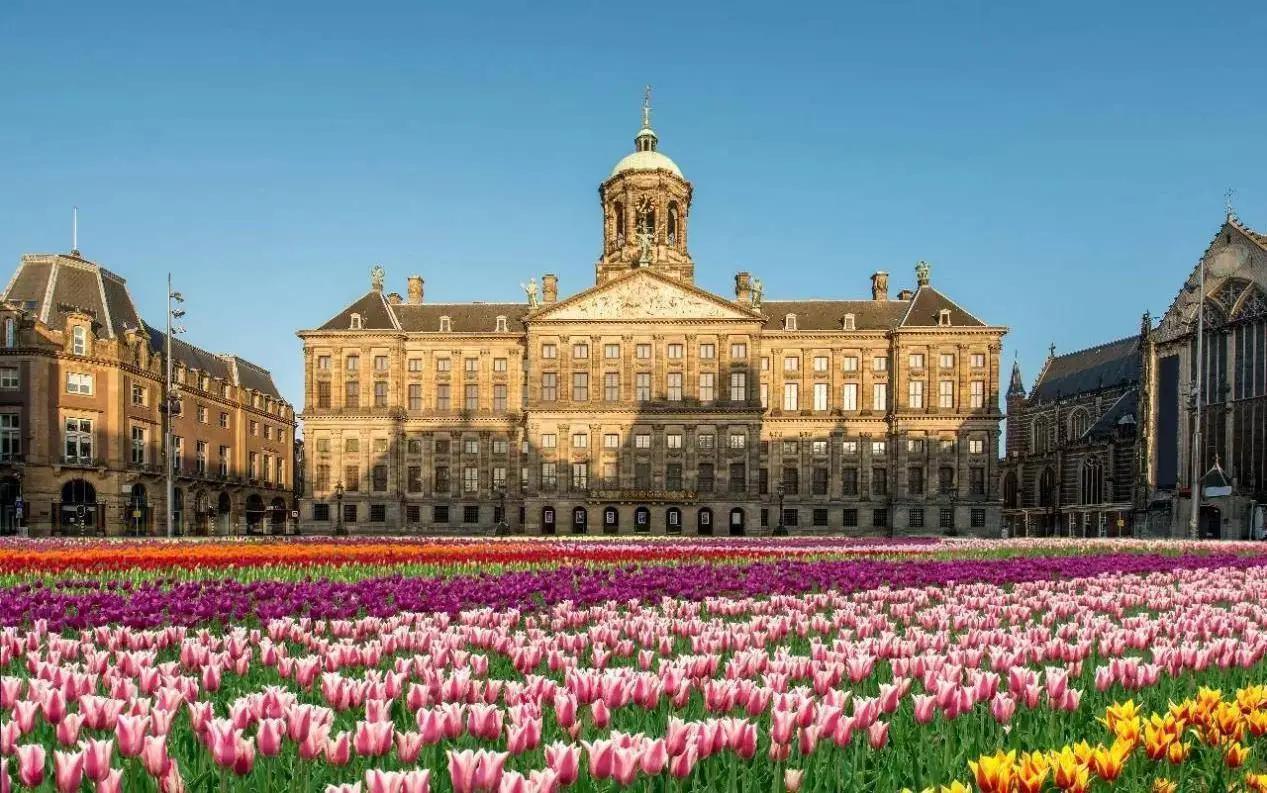Japan Travel
Japan’s Cherry Blossom Viewing Parties: Hanami Attractions
Japan’s Cherry Blossom Viewing Parties: Hanami Attractions
Every spring, Japan undergoes a breathtaking transformation. The country’s landscape shifts from the muted tones of winter to a sea of delicate pink and white blossoms, signaling the arrival of sakura season. At the heart of this natural spectacle lies hanami (花見), the centuries-old tradition of cherry blossom viewing. More than just an appreciation of flowers, hanami is a cultural phenomenon that brings people together under the blooming trees to celebrate beauty, transience, and the joy of community.
The Allure of Sakura
The cherry blossom, or sakura, holds a unique place in Japanese culture. Its fleeting beauty—often lasting no more than two weeks—serves as a powerful metaphor for the ephemeral nature of life. This concept, known as mono no aware (物の哀れ), evokes a gentle sadness at the passing of things but also a deep appreciation for their transient beauty. It is this duality that makes hanami so profoundly meaningful.
The practice of hanami dates back to the Nara period (710–794), when aristocrats would gather to recite poetry and enjoy the blossoms. By the Edo period (1603–1868), the tradition had spread to all levels of society. Today, hanami is both a personal ritual and a national event, with millions of people participating in gatherings across the country.

Iconic Hanami Spots
Japan boasts countless cherry blossom viewing sites, each with its own charm and character. Some of the most famous include:
-
Ueno Park, Tokyo: With over 1,000 cherry trees lining its central pathway, Ueno Park is one of Tokyo’s most popular hanami destinations. The atmosphere is vibrant and energetic, with large groups of friends and coworkers spreading blue tarps on the ground, sharing food and drinks, and enjoying the festive ambiance.
-
Maruyama Park, Kyoto: Located near Yasaka Shrine, Maruyama Park is home to a magnificent weeping cherry tree (shidarezakura) that is illuminated at night. The park’s traditional setting, with lanterns and tea houses, offers a more serene and picturesque hanami experience.
-
Hirosaki Castle, Aomori: Hirosaki Castle is considered one of Japan’s top three cherry blossom spots. The castle grounds feature more than 2,500 trees, some of which are over 300 years old. The combination of historical architecture and blooming sakura creates a stunning visual narrative of Japan’s past and present.
-
Mount Yoshino, Nara: Renowned for its 30,000 cherry trees planted along the mountainside, Mount Yoshino offers a breathtaking panoramic view. The blossoms here bloom in stages, starting from the lower slopes and moving upward, extending the hanami season for several weeks.
-
Philosopher’s Path, Kyoto: This stone path follows a canal lined with hundreds of cherry trees. It is named after the philosopher Nishida Kitaro, who walked this route daily. The path offers a tranquil and reflective hanami experience, perfect for those seeking solitude and contemplation.
The Hanami Experience
A typical hanami party involves more than just looking at flowers. It is a social event centered around food, drink, and camaraderie. Participants often arrive early to secure a prime spot under the trees, spreading out tarps or picnic mats. The atmosphere is lively, with laughter, music, and the clinking of beer and sake bottles filling the air.
Traditional hanami foods include bento boxes filled with seasonal delicacies such as sakura mochi (pink rice cakes wrapped in cherry leaves), inari sushi, and tamagoyaki (rolled omelet). Many also enjoy hanami dango, sweet rice dumplings skewered on a stick. Seasonal treats like sakura-flavored tea, cookies, and even sakura-infused alcohol are widely enjoyed.
As day turns to night, many parks illuminate the cherry trees, creating a magical effect known as yozakura (夜桜). The blossoms take on an ethereal quality under the soft light, offering a completely different yet equally captivating viewing experience.
Cultural Significance
Hanami is more than just a party; it is a ritual that reinforces social bonds and cultural values. For many Japanese, it is an opportunity to reconnect with family, friends, and colleagues. Companies often organize hanami parties as team-building events, while families use the occasion for reunions and picnics.
The practice also reflects the Japanese appreciation for nature and the changing seasons. Hanami is a reminder to pause and appreciate the present moment—a sentiment deeply embedded in Japanese aesthetics and philosophy.
Modern Hanami
While the core of hanami remains unchanged, modern variations have emerged. In urban areas, hanami parties can be elaborate affairs with catered food, professional sound systems, and even themed decorations. Social media has also transformed how people engage with hanami, with millions sharing photos and videos of their experiences online.
However, this popularity comes with challenges. Overcrowding, littering, and damage to trees have led some parks to implement regulations, such as prohibiting alcohol or setting designated hours. Despite these issues, the essence of hanami endures—a celebration of beauty, impermanence, and togetherness.
Conclusion
Japan’s cherry blossom viewing parties are a captivating blend of natural beauty, cultural tradition, and social celebration. They offer a glimpse into the soul of Japan—a nation that values both the fleeting and the eternal, the individual and the community. Whether experienced in the bustling parks of Tokyo or the quiet temples of Kyoto, hanami remains one of the world’s most enchanting seasonal attractions, drawing people from across the globe to witness the magic of sakura in full bloom.
相关文章
- Yamagata’s Zao Onsen: Snow Monster Hot Spring Attraction
- Japan’s Maid Cafés: Akihabara Subculture Attractions
- Okayama’s Okayama Korakuen: Historic Garden Attraction
- Japan’s Horse Racing Tracks: Equestrian Sports Attractions
- Tokyo’s Odaiba Gundam: Anime Icon Attraction
- Japan’s Doll Festivals: Hinamatsuri Attractions
- Kagoshima’s Ibusuki Onsen: Sand Bath Hot Spring Attraction
- Japan’s Table Tennis Clubs: Recreational Attractions
- Kyoto’s Nishiki Market: 400-Year-Old Food Attraction
- Japan’s Camellia Festivals: Winter Flower Attractions
发表评论
评论列表
- 这篇文章还没有收到评论,赶紧来抢沙发吧~

